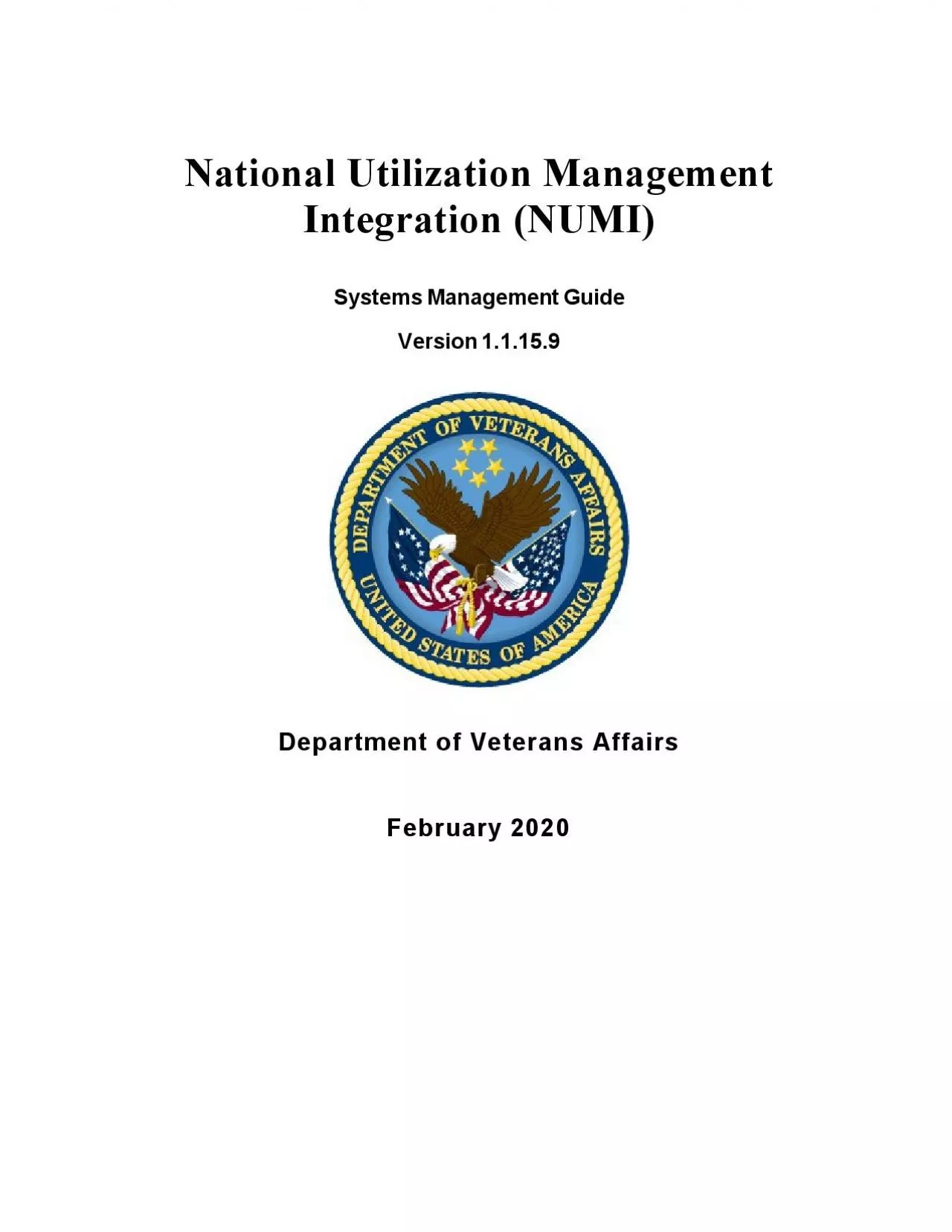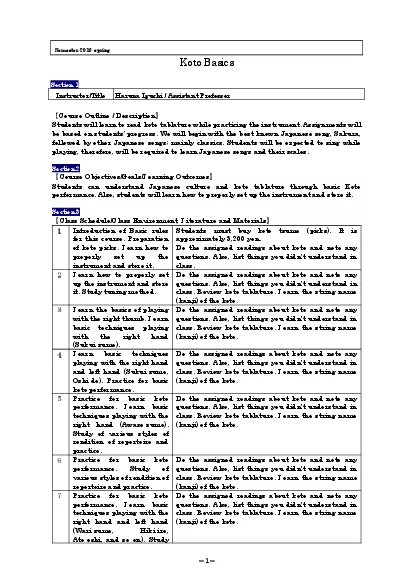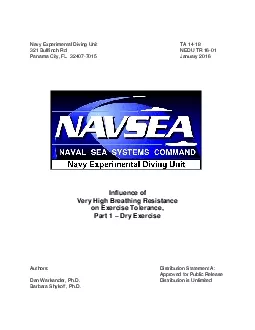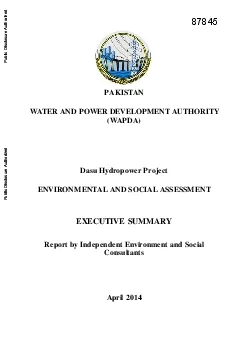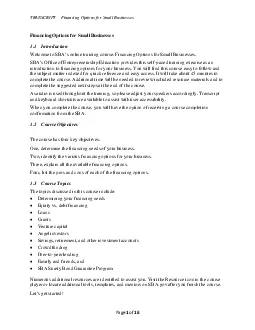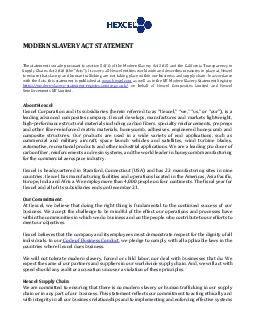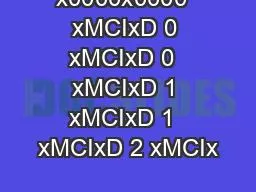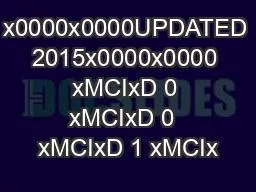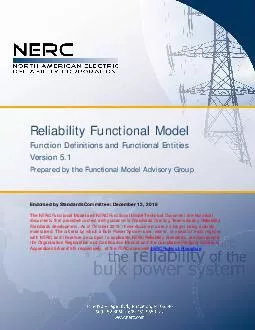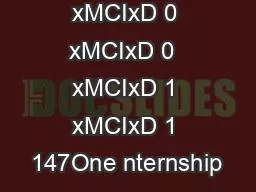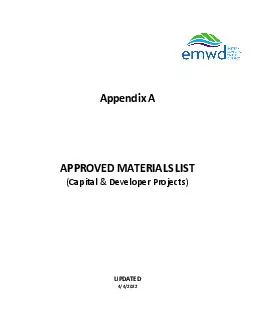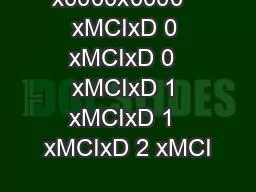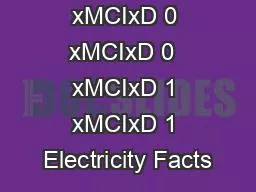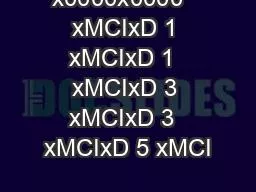PDF-x0000x0000 xMCIxD 0 xMCIxD 0 xMCIxD 1 xMCIxD 1 xMCIxD 2 xMCIx
Author : margaret | Published Date : 2021-09-11
February 2020NUMISystemsManagement GuideRelease1115Revision HistoryDate of RevisionDescription of ChangeAuthor Information07012013Initial baseline 150per project
Presentation Embed Code
Download Presentation
Download Presentation The PPT/PDF document "x0000x0000 xMCIxD 0 xMCIxD 0 xMCIxD 1 ..." is the property of its rightful owner. Permission is granted to download and print the materials on this website for personal, non-commercial use only, and to display it on your personal computer provided you do not modify the materials and that you retain all copyright notices contained in the materials. By downloading content from our website, you accept the terms of this agreement.
x0000x0000 xMCIxD 0 xMCIxD 0 xMCIxD 1 xMCIxD 1 xMCIxD 2 xMCIx: Transcript
Download Rules Of Document
"x0000x0000 xMCIxD 0 xMCIxD 0 xMCIxD 1 xMCIxD 1 xMCIxD 2 xMCIx"The content belongs to its owner. You may download and print it for personal use, without modification, and keep all copyright notices. By downloading, you agree to these terms.
Related Documents

